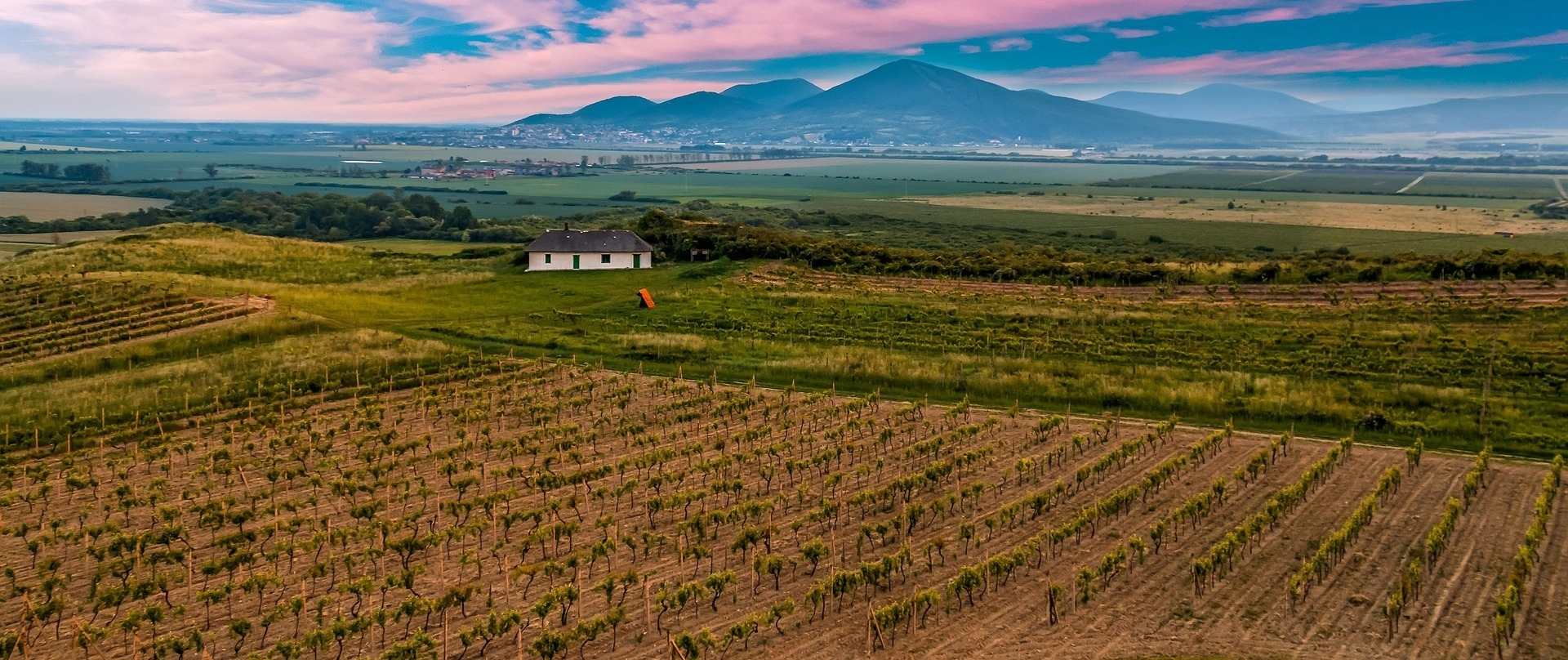Discover the Unesco World Heritage Sites of Hungary
OTP TravelDespite the relatively small area of Hungary, it is already on the Unesco World Heritage List with seven natural and one cultural value. Being lost in admiration of the unique panorama of Budapest on the banks of the Danube, to taste the wine of kings, to fill yourself up in Pannonhalma with the spirit of the Benedictines, to experience infinity in the “puszta”, these are all experiences in itself that are worth traveling for.
Budapest, including the Banks of the Danube, the Buda Castle Quarter and Andrássy Avenue.
This site has the remains of monuments such as the Roman city of Aquincum and the Gothic castle of Buda, which have had a considerable influence on the architecture of various periods. It is one of the world’s outstanding urban landscapes and illustrates the great periods in the history of the Hungarian capital.
Hortobágy National Park – the Puszta
The cultural landscape of the Hortobágy Puszta consists of a vast area of plains and wetlands in eastern Hungary. Traditional forms of land use, such as the grazing of domestic animals, have been present in this pastoral society for more than two millennia. Arriving to Hortobágy guests visit the Hortobágy Great Fishponds and Narrow-Gauge Railway. Lots of birds, protected plants and grazing or wallowing buffaloes are waiting for those visitors who travel by the narrow-gauge railway to the Hortobágy Great Fishponds. The train runs on a 5-km-long railway.
Tokaj Wine Region Historic Cultural Landscape
The cultural landscape of Tokaj graphically demonstrates the long tradition of wine production in this region of low hills and river valleys. The intricate pattern of vineyards, farms, villages, and small towns, with their historic networks of deep wine cellars, illustrates every facet of the production of the famous Tokaj wines, the quality and management of which have been strictly regulated for nearly three centuries.
Old Village of Hollókő and its Surroundings
Hollókő is an outstanding example of a deliberately preserved traditional settlement. This village, which developed mainly during the 17th and 18th centuries, is a living example of rural life before the agricultural revolution of the 20th century.
Millenary Benedictine Abbey of Pannonhalma and its Natural Environment
The first Benedictine monks settled here in 996. They went on to convert the Hungarians, to find the country’s first school and, in 1055, to write the first document in Hungarian. From the time of its founding, this monastic community has promoted culture throughout central Europe. Its 1,000-year history can be seen in the succession of architectural styles of the monastic buildings (the oldest dating from 1224), which still today house a school and the monastic community.
Fertő / Neusiedlersee Cultural Landscape
The Fertő / Neusiedler Lake area has been the meeting place of different cultures for eight millennia. This is graphically demonstrated by its varied landscape, the result of an evolutionary symbiosis between human activity and the physical environment. The remarkable rural architecture of the villages surrounding the lake and several 18th- and 19th-century palaces adds to the area’s considerable cultural interest.
Early Christian Necropolis of Pécs (Sopianae)
In the 4th century, a remarkable series of decorated tombs were constructed in the cemetery of the Roman provincial town of Sopianae (modern Pécs). These are important both structurally and architecturally since they were built as underground burial chambers with memorial chapels above the ground. The tombs are important also in artistic terms, since they are richly decorated with murals of outstanding quality depicting Christian themes.
Lufthansa City Center
